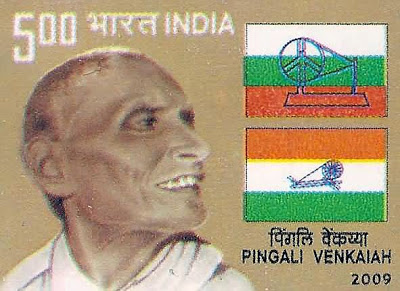 Pingali Venkayya (August 2, 1876 - July 4, 1963) was the designer of the Indian national flag.
Pingali Venkayya (August 2, 1876 - July 4, 1963) was the designer of the Indian national flag. Pingali Venkaiah, who was born at Bhatlapenumarru village near Machilipatnam in Krishna district in 1876, had spent five years researching flags of over 30 countries and finally came up with the design for the National Flag in 1921. After Mahatma Gandhi approved the design, it was hoisted at all Congress sessions that followed.
In the meantime, another person, Hansraj from Jalandhar, suggested representation of ‘charkha’, symbolising progress and the common man. Gandhi amended and wanted one more addition of white strip to represent the remaining minority communities of India.
Finally, in 1931, the INC passed a resolution at its Karachi plenary and adopted the Tricolour -- saffron, green and white. The saffron colour represented courage, white for truth and peace and green for faith and prosperity. The dharma chakra, which appears on the abacus of Sarnath, the capital of emperor Ashoka, was adopted in place of spindle and string as emblem of the national flag.
After his initial education, Pingali Venkaiah worked as a railway guard and later went to Colombo to complete higher studies. After returning to India, he began research on flags and came up with his design. It was adopted with some modifications.
View Bhatlapenumarru in a larger map






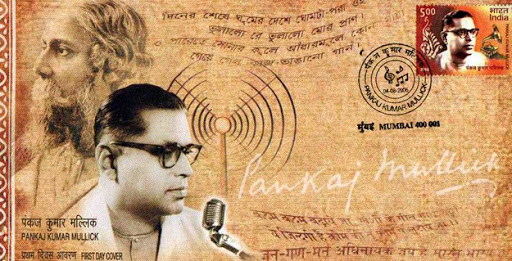
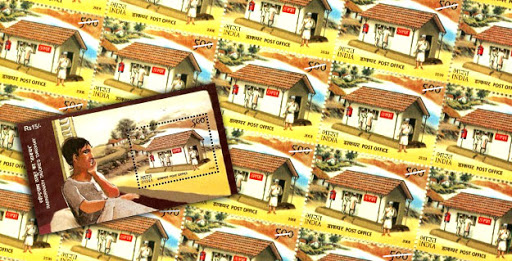
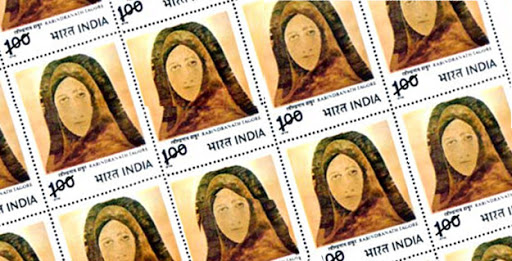
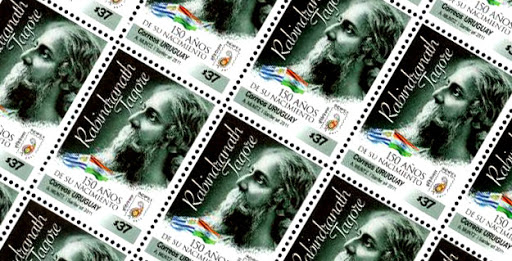
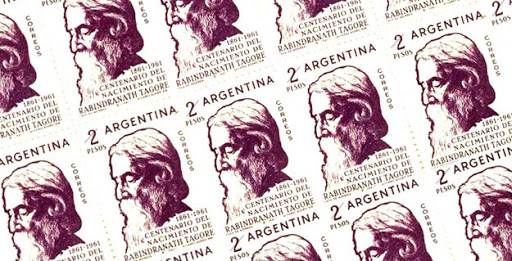
0 comments:
Post a Comment